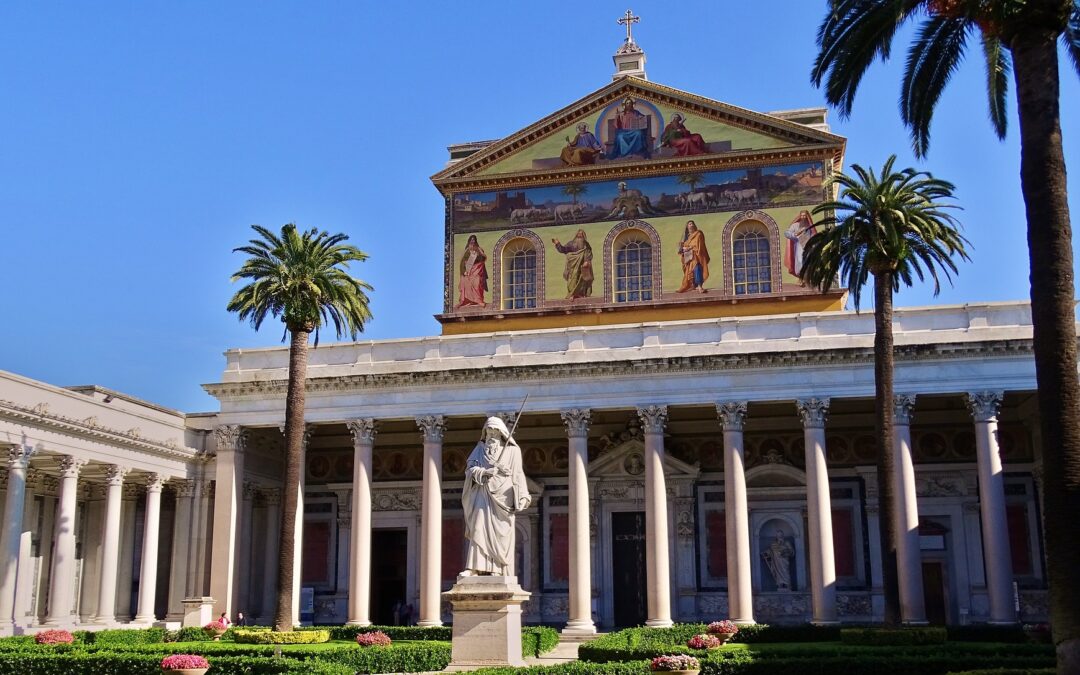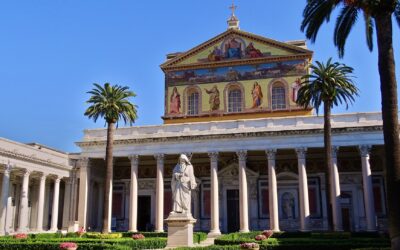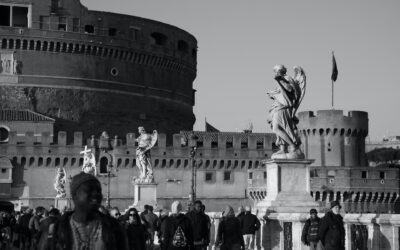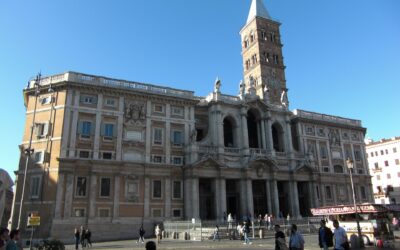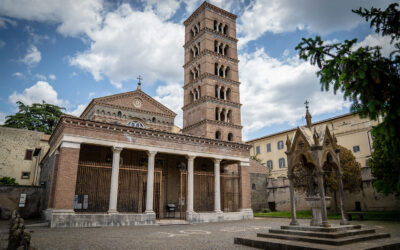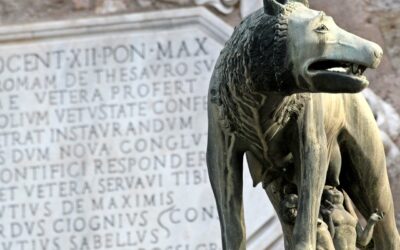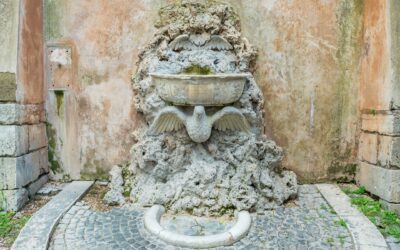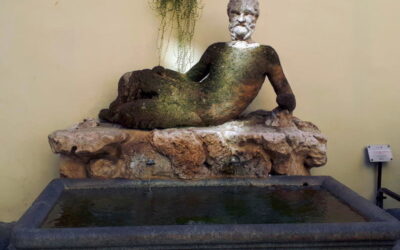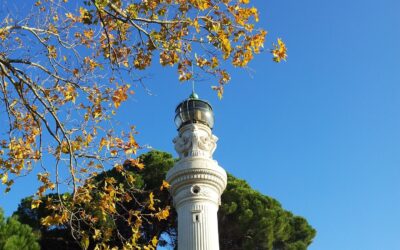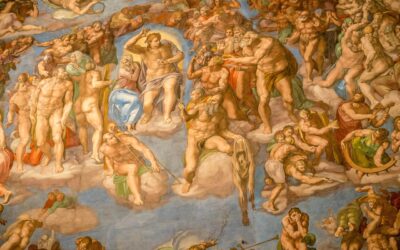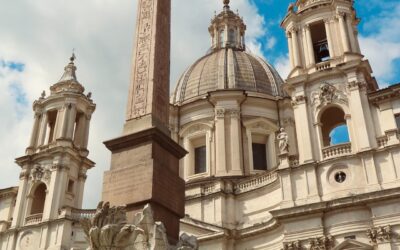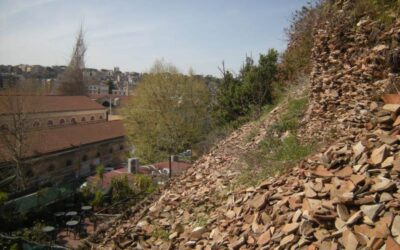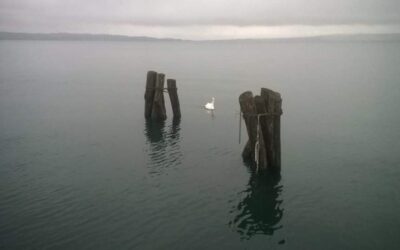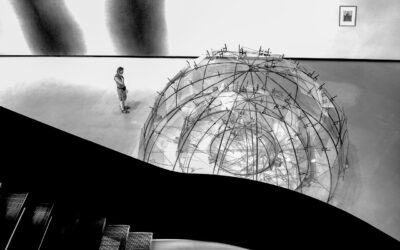Nestled amid the Alban Hills, near Rome, Italy, lies the picturesque volcanic lake of Castel Gandolfo. Known for its stunning beauty and historical significance, this lake holds a prominent place in both religious and sporting realms. Its charming surroundings and unique volcanic origin make it a popular destination for relaxation, recreation, and religious activities. Notably, Castel Gandolfo is renowned as the summer retreat of the papacy and has hosted numerous popes over the centuries. Additionally, it has gained recognition as a site for hosting Paralympic canoeing events, showcasing the lake’s versatility and appeal. In this comprehensive essay, we will delve into the geological history of the volcanic lake of Castel Gandolfo, its importance as a papal vacation place, and its role as a venue for paralympic canoeing events.
Geological Origins of the Volcanic Lake of Castel Gandolfo
Castel Gandolfo’s lake has a fascinating geological history that dates back millennia. The entire region of the Alban Hills was once an active volcanic area. The volcanic activity created a series of calderas, which are large volcanic craters formed after a massive eruption.
One of these calderas eventually filled with water, forming what is now known as the volcanic lake of Castel Gandolfo. The lake’s picturesque setting, surrounded by the caldera’s steep slopes and verdant landscapes, is a result of the volcanic activity that shaped the area.
Importance as a Papal Vacation Place
Castel Gandolfo has been inextricably linked to the papacy for centuries. The site’s proximity to Rome and its tranquil environment made it an ideal summer escape for the popes. The Vatican initially acquired the property in the 16th century during the reign of Pope Urban VIII. Since then, it has become a papal vacation residence, cherished for its privacy and stunning views.
The summer residence, known as the Apostolic Palace of Castel Gandolfo, offers the popes a peaceful and secluded sanctuary away from the bustling Vatican City. They can enjoy moments of solitude and relaxation while still remaining close enough to manage ecclesiastical matters.
The popes often used their time at Castel Gandolfo for reflection, spiritual contemplation, and even artistic pursuits. Many popes appreciated the opportunity to engage with the beauty of nature and find inspiration in the lake’s surroundings.
Historical Significance of Castel Gandolfo
Beyond its importance as a papal vacation retreat, Castel Gandolfo boasts a rich historical legacy. The town of Castel Gandolfo itself has ancient roots dating back to Roman times. The ruins of the Emperor Domitian’s extravagant palace, Villa of Domitian, are still visible and attract historians and tourists alike.
Throughout the Middle Ages, the region saw various noble families laying claim to the property. However, it wasn’t until the papal acquisition in the 16th century that Castel Gandolfo became intrinsically tied to the papacy.
During World War II, the Apostolic Palace of Castel Gandolfo took on added significance. Pope Pius XII used it as a refuge during the war, offering protection to those seeking sanctuary from the conflict. This period further cemented the association between the papacy and Castel Gandolfo’s role as a place of peace and safety.
Paralympic Canoeing Location
In more recent times, the volcanic lake of Castel Gandolfo has embraced another dimension: sports and recreation. The serene waters of the lake and its picturesque backdrop provide a scenic and challenging venue for various water-based activities.
In 1960, Italy hosted the Summer Paralympic Games in Rome. As part of the Paralympic Games, the town of Castel Gandolfo was selected to host the Paralympic canoeing events. This decision showcased the lake’s potential for hosting sporting events of international significance.
The Rise of Paralympic Canoeing
Paralympic canoeing is a sport that allows athletes with physical disabilities to participate and compete at a high level. The sport made its debut in the Paralympic Games in 2016, and since then, it has gained popularity and recognition.
The adapted canoes used in Paralympic canoeing are specially designed to accommodate various physical disabilities. Athletes with lower limb impairments use a seated position, while those with upper limb impairments can use adapted paddles to maneuver their canoes.
Castel Gandolfo as a Paralympic Canoeing Venue
The decision to hold the Paralympic canoeing events in Castel Gandolfo was met with enthusiasm from athletes, spectators, and organizers alike. The lake’s calm waters, coupled with its challenging twists and turns, provided an ideal setting for the canoeing competitions.
The event brought together athletes from around the world, each showcasing their skills and determination on the tranquil yet competitive waters of Castel Gandolfo’s lake. The success of the Paralympic canoeing events further solidified the lake’s position as a versatile and accessible location for various water sports.
Legacy of the Paralympic Canoeing Events
The Paralympic canoeing events at Castel Gandolfo left a lasting impact on the local community and the sport itself. For the residents of Castel Gandolfo, the games were an opportunity to witness world-class athletes competing in their hometown. The influx of visitors and attention brought economic benefits and international exposure to the region.
Moreover, the Paralympic canoeing events highlighted the importance of accessibility in sports and recreational facilities. The adaptive features of the sport demonstrated how inclusivity can be achieved, encouraging other venues to follow suit in accommodating athletes with disabilities.
Environmental Conservation and Sustainable Practices
As Castel Gandolfo continues to attract visitors for its religious significance, natural beauty, and sporting events, preserving the ecological balance and promoting sustainable practices become paramount.
Local authorities and environmental groups have been actively engaged in safeguarding the lake’s ecosystem. Measures such as waste management, responsible tourism, and monitoring the water quality have been implemented to ensure the lake’s long-term preservation.
Additionally, promoting eco-friendly transportation and sustainable tourism practices is crucial in reducing the environmental impact of increased visitor numbers during sporting and cultural events.
The volcanic lake of Castel Gandolfo is a captivating destination that seamlessly blends geological wonders, historical significance, and contemporary importance. From its volcanic origins to its role as a papal vacation retreat and a venue for Paralympic canoeing events, Castel Gandolfo stands as a symbol of versatility and adaptability.
Its significance as a papal vacation place has not only allowed popes to find moments of serenity but also played a crucial role in safeguarding cultural and historical legacies. The town’s connection with the papacy deepens its significance, attracting pilgrims and tourists alike.
In embracing sports and hosting Paralympic canoeing events, Castel Gandolfo has demonstrated its capacity to adapt and evolve with changing times. The lake’s natural beauty, combined with its accessibility, showcases the potential for inclusivity in sports and recreational activities.
As the years go by, Castel Gandolfo’s allure will likely continue to captivate visitors and athletes, each seeking their unique experience in this enchanting volcanic lake.




